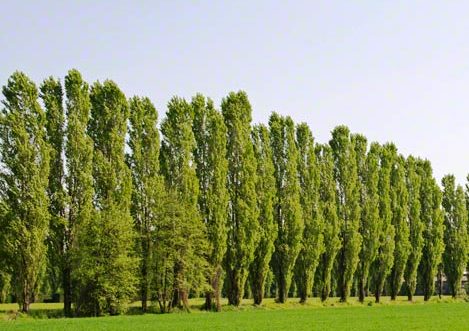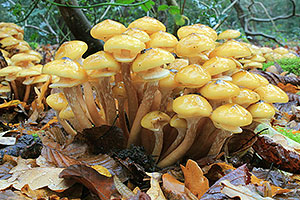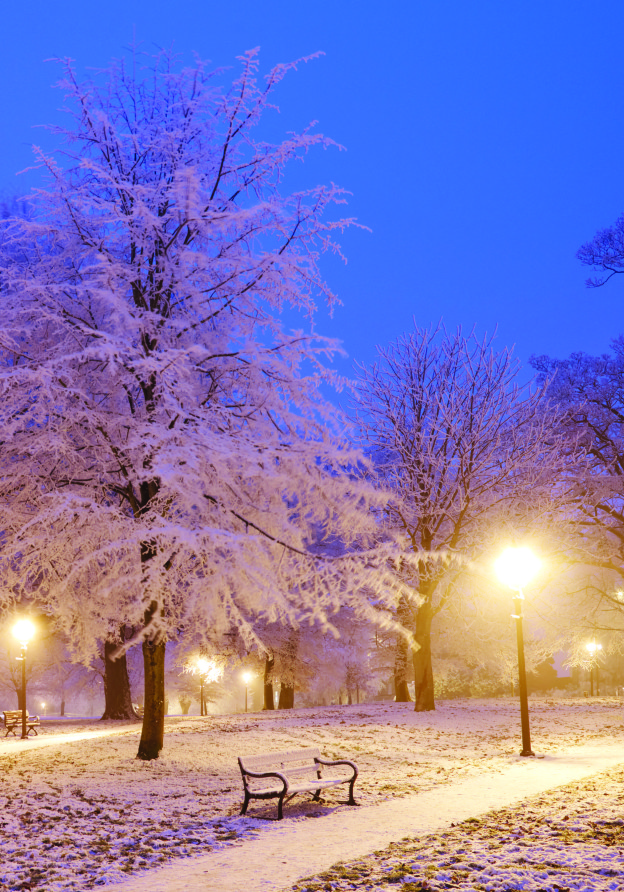November is a month when I struggle with the shorter hours of daylight, and the prospect of those seemingly interminable months of bleakness to come. Don’t talk to me of hygge or cosying up by the fire. I want to be out there, inspired by the colours and new life of the garden. I start… Continue reading Falling for leaves
Category: Trees
Trees for Clay Soils
This is a reasonably long list of the trees that like growing on heavy clay soil. We don’t grow all of them, this is intended to be a reference for garden projects big & small – don’t say we never treat you! But if any are of interest, please do look at our list of… Continue reading Trees for Clay Soils
Why Willows and Drains do not Mix…
A video on why willows and drains should not be too close together…
Using Copper foliage in the garden
And why it is it copper anyway? Contemporary gardeners often use dark colours…look how the ‘Queen of the Night’ tulip has become ubiquitous, and the black grass Ophiopogon planiscarpens nigrescens pops up in urn plantings or as a contrast to pale paving. There is something fascinating about the pool of shade that sombre colours cast… Continue reading Using Copper foliage in the garden
Cornus sanguinea Midwinter Fire
Dogwoods, members of the Cornus family, are often the unsung heroes of the winter garden. Although there are exceptions, in summer they tend to be unremarkable. This is because they are covered in foliage when daylight hours are longer and their crowning glory is their bark which can only be seen when the leaves… Continue reading Cornus sanguinea Midwinter Fire
Honey fungus: The tree killer
Honey fungi, Armillaria, are a group of parasitic fungi. They attack trees, shrubs and woody perennials, and are one of the most destructive fungal diseases in the UK. They are also among some of the biggest living organisms in the world, their underground networks often covering many miles and living for up to a thousand… Continue reading Honey fungus: The tree killer
Living sculpture: Topiary plants a little less ordinary
Shrubs trained as topiary are at home in any garden. From a cottage setting where intriguing forms nestle casually between flowers and vegetables, to a much grander scheme where repetitive shapes are rigid and regimented, topiary can be both charming and formal. And let’s not forget that when you trim your humble garden hedge, you’re… Continue reading Living sculpture: Topiary plants a little less ordinary
A guide to fruit tree pollination
The science (and sometimes the snake-oil) can run deep when it comes to fruit tree pollination. You could read endless books and research studies on how to optimise your orchard with a diversity of cross-pollinators to achieve a bumper crop. For most growers, it’s actually pretty straightforward to get the right results. This guide should… Continue reading A guide to fruit tree pollination
Freezing weather & bareroot plants
Most of the damage caused to bareroot plants in cold, freezing conditions is to the delicate roots themselves. The roots are fine, fibrous structures with a high water content: moving them, or even the slightest touch whilst frozen, can cause damage. Almost all of a shrub or a tree’s energy reserves are stored in the… Continue reading Freezing weather & bareroot plants
Friendly fungi facts
Rootgrow mycorrhizae are fungi that coexist in the soil with plant root systems. They have a symbiotic relationship in which the fungi provide the host with additional water and nutrient in exchange for the plant’s waste products (mainly starches) that the fungi require to grow. Mycorrhizae grow vastly more rapidly than roots and so they can… Continue reading Friendly fungi facts










